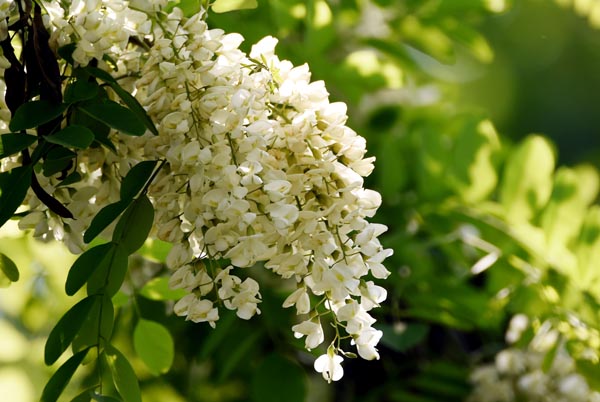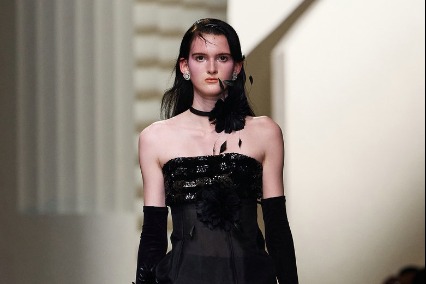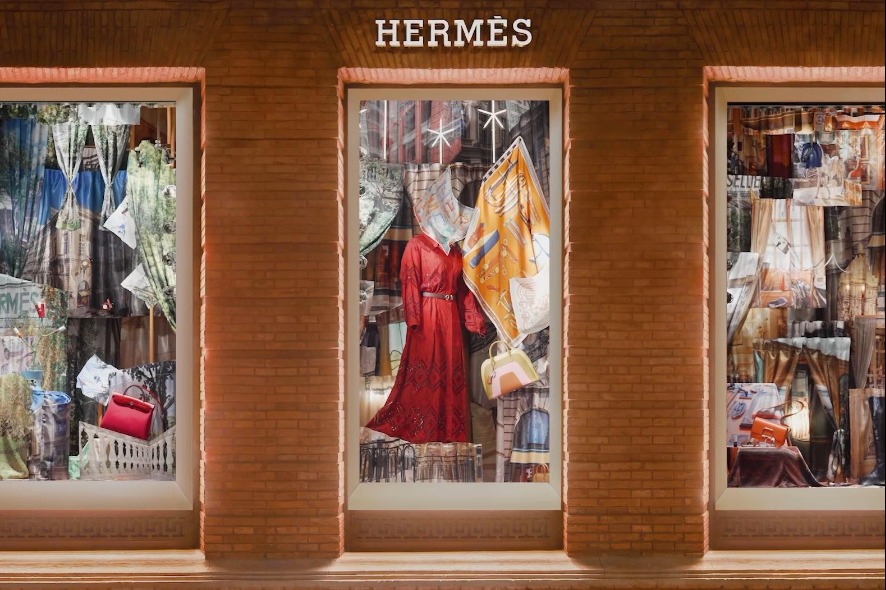Let's eat some flowers


Nothing declares spring is here louder than the pendulous blooms of the black locust tree, yanghuai. It announces the season by bursting into huge clusters of ivory-colored flowers.
These will often become lunch.
Our Nanny (ayi in Chinese) guards the locust tree in front of our backyard like a dragon and when she sees the buds appear, she will go forth with a pair of scissors and harvest the flowers.
This has become an annual ritual, this spring foraging.
The black locust is a naturalized tree with fragrant white pea flowers. It is a popular tree all around Beijing and it seeds very freely. While it grows unnoticed most of the year, in spring, it becomes the focus of many, because its pea flowers are sweetly scented, and edible.
Around here, the country folks pluck the flowers, coat them in cornmeal or flour and then steam them. It's eaten like rice, a fragrant seasonal treat.
Ayi makes both cornmeal and plain flour versions, and she loves both.
What do they taste like? They're faintly fragrant, with just a hint of sweet from the nectar, but otherwise ... I'm afraid I think it's a waste of so many flowers.
But I can imagine these being special delicacies when times were hard back then. I guess nostalgia for the "good old bad old times" makes ayi want to recapture that taste.
I don't have that baggage and frankly I prefer looking at the blooms on the tree.
I have seen my neighbors raid the trees, breaking off huge branches and carting them off. It disturbs me to see such carnage, but the trees seem to survive quite well, and they bounce right back the next year.
There are two types of locust trees grown in Beijing. The imported black locusts are so naturalized that they are everywhere. The native locust, also known as the scholar tree, is known as guohuai.
This is an immensely popular decorative tree, and is used for landscaping in many traditional gardens, including the Jingshan Park and Prince Gong's Palace behind the Forbidden City enclave.




































